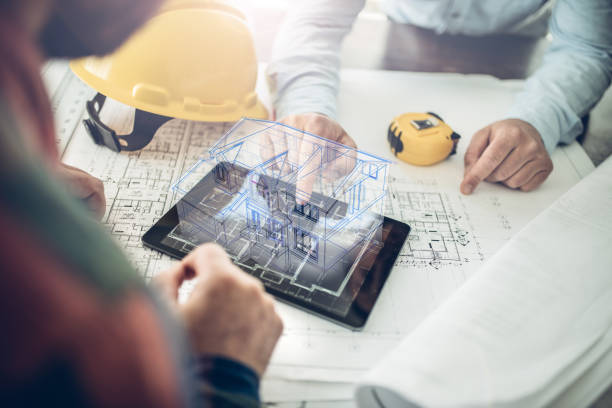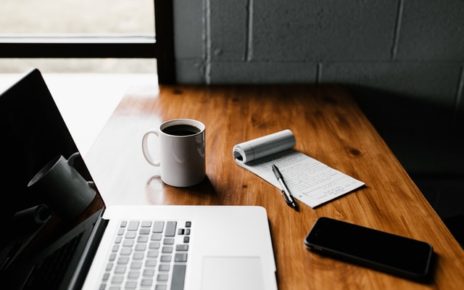Buildings are not just functional structures; they are also works of art, contributing to the visual appeal and character of our cities and towns. However, over time, factors such as weather, age, and environmental conditions can cause structural deterioration, affecting the aesthetics of buildings. In this blog post, we will explore the importance of structural preservation in protecting building aesthetics and discuss essential strategies to maintain the beauty and integrity of architectural structures.
The Significance of Building Aesthetics
Building aesthetics play a vital role in creating a pleasing environment. Here are a few reasons why preserving building aesthetics is important:
- Preserving Cultural Heritage: Many old and historic buildings hold significant cultural and historical value. By protecting their aesthetics, we preserve our cultural heritage and maintain a connection to our past.
- Enhancing Urban Landscapes: Buildings with appealing aesthetics contribute to a visually attractive urban landscape, making cities more inviting, vibrant, and enjoyable for residents and visitors alike.
- Boosting Property Values: Buildings with well-maintained aesthetics often command higher property values. Preserving the appearance of a building can have a positive impact on its marketability and potential return on investment.
- Promoting Sustainable Design: Incorporating aesthetic design elements in buildings can promote sustainable practices, such as the use of natural light, energy-efficient materials, and green spaces. This helps create sustainable and environmentally friendly urban environments.
Corrosion Protection: A Key to Structural Preservation
Corrosion is a prevalent issue that can severely impact buildings’ aesthetic and structural integrity, particularly those constructed with metal components. Over time, exposure to environmental elements such as air, water, and pollutants can lead to the oxidation of metals, causing rust and deterioration. This results in an unsightly appearance and structural weakening, which could pose safety risks.
Implementing corrosion protection strategies is crucial in maintaining the aesthetics and durability of buildings. These include:
- Use of Protective Coatings: Protective coatings like paint or a specialized anti-corrosive solution can create a barrier between the metal and the environment, preventing oxidation.
- Material Selection: Opting for corrosion-resistant materials during construction can mitigate future corrosion risks. Stainless steel, for example, contains chromium, which forms an oxide layer that protects the metal underneath.
- Regular Inspection and Maintenance: Conducting regular inspections can help detect early signs of corrosion, allowing for timely repairs and treatment, hence preserving the building’s aesthetic value and structural integrity.
By prioritizing corrosion protection, we can ensure the long-term preservation of our buildings, enhancing their aesthetic appeal and protecting our cultural heritage.
The Role of Structural Preservation
Structural preservation is crucial in maintaining building aesthetics. It involves proactive measures to prevent or minimize structural deterioration, ensuring that the building remains safe, functional, and visually appealing. Here are some key strategies for structural preservation:
- Regular Inspections: Conduct routine inspections of buildings to identify any signs of structural damage or decay. Early detection allows for timely intervention and prevents further deterioration.
- Repair and Restoration: Address any identified structural issues promptly through repair and restoration. This may include fixing cracks, reinforcing weakened components, or replacing damaged materials while preserving the original aesthetics whenever possible.
- Weatherproofing: Protect buildings from weather-related damage by implementing suitable weatherproofing measures. This may involve applying protective coatings, sealing gaps and joints, and ensuring proper drainage systems to prevent water infiltration.
- Maintenance of Exterior Finishes: Regularly maintain and clean exterior finishes, such as paint, stucco, or cladding. This helps prevent discoloration, fading, or deterioration due to environmental factors and preserves the building’s visual appeal.
- Seismic Retrofitting: In areas prone to earthquakes or other seismic activity, consider seismic retrofitting measures to enhance the structural integrity of buildings. Retrofitting techniques can help strengthen existing structures and protect their aesthetics during seismic events.
- Preventing Moisture Damage: Moisture is a significant contributor to structural deterioration. Implement moisture control measures such as proper ventilation, insulation, and moisture barriers to prevent damage caused by condensation, leaks, or high humidity levels.
- Conservation of Historic Buildings: When dealing with historic buildings, seek expert advice and follow conservation guidelines to preserve the building’s original aesthetics and materials while ensuring structural stability. This may involve specialized restoration techniques and materials.
- Educating Occupants and Users: Raise awareness among occupants and users of the building about the importance of structural preservation. Encourage responsible behavior, such as avoiding activities that could cause damage to the building and promptly reporting any signs of deterioration.
Collaboration and Expertise
Preserving building aesthetics requires collaboration between various stakeholders, including architects, engineers, preservation specialists, property owners, and government agencies. Drawing on their collective expertise and knowledge ensures that structural preservation efforts are effective and aligned with architectural objectives.
Protecting building aesthetics through structural preservation is essential for maintaining architectural structures’ beauty, cultural significance, and value. By implementing strategies such as regular inspections, repair and restoration, weatherproofing, and conservation efforts, we can safeguard buildings from structural deterioration and preserve their visual appeal.
Collaboration among stakeholders and raising awareness about the importance of structural preservation further strengthen our collective commitment to protecting the aesthetics and integrity of our built environment.



